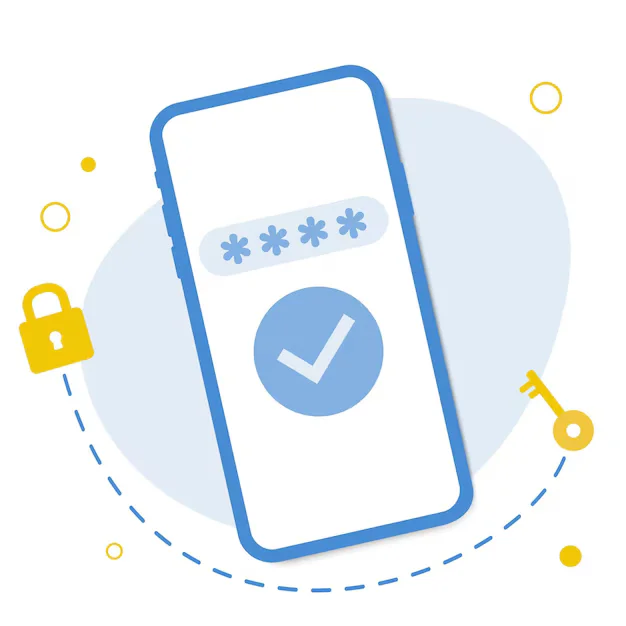Introduction: Why Error Handling Matters in PHP
Errors are an inevitable part of every software application — and how you manage them determines whether your system fails gracefully or catastrophically. In PHP, error handling is a crucial part of building reliable, secure, and maintainable applications. It allows developers to respond to unexpected issues, log them, notify admins, and even recover from certain types of failures.
Using structured error handling techniques such as try-catch blocks along with best practices ensures that your code doesn’t crash in production and provides meaningful feedback to users and developers alike.
Understanding Error Types in PHP
Before diving into error handling, it’s essential to understand the types of errors PHP can generate:
-
Parse errors: Caused by syntax mistakes, often preventing code from executing.
-
Fatal errors: Occur when PHP can’t execute critical operations like loading a class or calling an undefined function.
-
Warnings: Non-fatal errors that allow execution to continue but indicate something went wrong.
-
Notices: Minor issues like using an uninitialized variable.
-
Exceptions: Raised manually or by objects using the
throwkeyword, these are caught usingtry-catch.
While traditional PHP errors output messages directly to the screen, modern applications use exceptions and logging for cleaner and more controlled error management.
The Role of Try-Catch in PHP
The try-catch block in PHP offers a structured way to catch exceptions and handle them without stopping the script execution. This is especially useful in scenarios where an operation might fail, such as:
-
Connecting to a database
-
Making API requests
-
Performing file operations
-
Handling user input or authentication logic
The idea is simple: PHP attempts to execute code within a try block. If an exception is thrown, it jumps to the catch block, where you can log the error, display a message, or take corrective action. This allows for much more graceful error recovery compared to raw error output.
Benefits of Structured Error Handling
Implementing robust error handling using try-catch and other strategies brings numerous advantages:
-
Improved application stability: Prevents full system crashes by handling known failure points.
-
Better debugging and logging: Captures detailed error messages and stack traces.
-
User-friendly experience: Instead of cryptic errors, users see helpful messages or custom pages.
-
Security protection: Prevents sensitive information (like file paths or credentials) from being displayed.
-
Maintainability: Makes the code easier to read and maintain, especially when errors are documented and logged consistently.
Error Handling Best Practices in PHP
To build robust applications, it’s not enough to just catch errors — how you manage them is equally important. Here are essential best practices:
1. Use Try-Catch Where Failure Is Expected
Use exceptions for operations that may naturally fail (like file uploads or external API calls), and handle them accordingly.
2. Don’t Show Raw Errors to Users
In production environments, always suppress direct error output. Instead, log the error internally and show a generic, user-friendly message.
3. Enable Error Logging
Use PHP’s built-in error logging functions or external tools to record errors, making it easier to monitor and debug issues.
4. Use Custom Exception Classes
Create your own exception types to better categorize and manage different types of errors, like DatabaseException or ValidationException.
5. Avoid Silent Failures
Always log or report an error, even if you’re catching it silently. Suppressing errors without any action can make debugging extremely difficult.
6. Follow PSR Standards
If you’re using frameworks or building large applications, follow PHP-FIG’s PSR-11 or PSR-3 standards for consistent error handling and logging.
Real-World Applications of Error Handling
In real-world PHP projects, structured error handling can be found in:
-
Authentication systems: Catching login failures and redirecting users appropriately
-
E-commerce: Handling payment gateway errors or inventory mismatches gracefully
-
APIs: Returning clear HTTP status codes and JSON error messages
-
File processing: Validating file uploads and managing permissions errors
-
Database operations: Preventing application crashes from query failures
This approach not only improves performance and reliability but also enhances trust with users.







